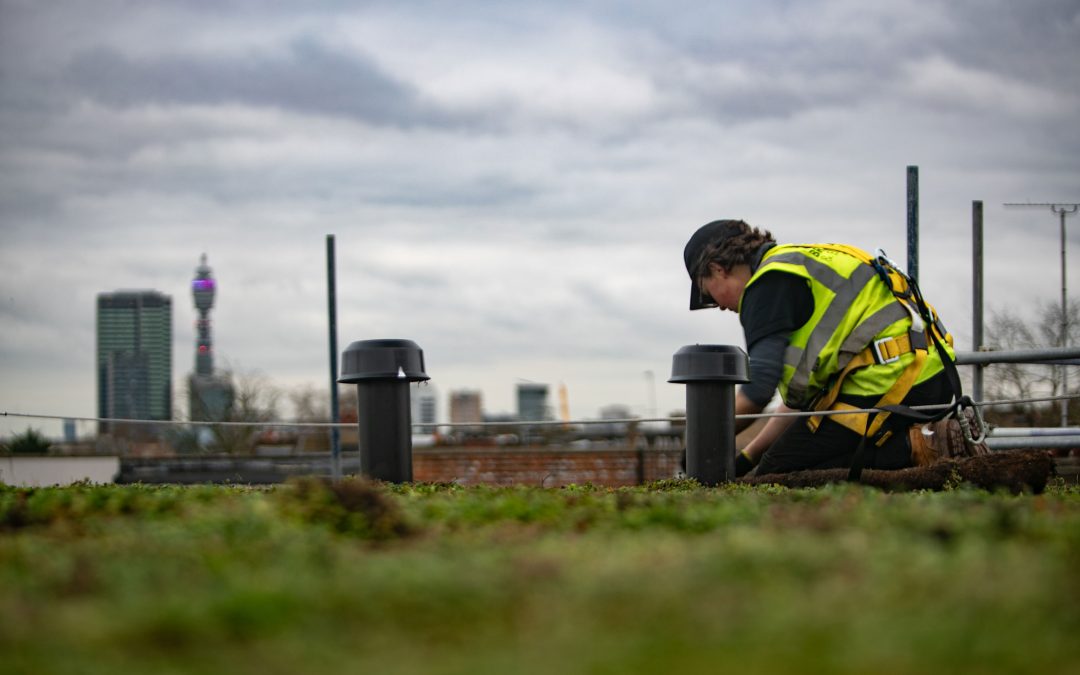The GRO team regularly contribute mythbuster articles to Greenscape Magazine. Here’s an extract from our summer 2022 article which dispels the myth that extensive green roofs are self sufficient.
Because extensive green roofs don’t have the same manicured appearance as intensive green roofs, it’s easy to assume that they are semi-wild places, adopted by nature because they are largely undisturbed by human activity.
It’s true, extensive green roofs are not designed to be managed like gardens. But it’s also true that most wild scapes at ground level are subtly, yet carefully managed. A combination of grazing animals and mechanical means ensures that the plant cover is not overwhelmed by scrub and then woodland. Think of sheep on the moors, wild ponies in the New Forest or cattle on wetland meadows, they’re not there for decoration or for profit. They manage the landscape.
Of course, keeping native ponies, sheep or cattle on your living roof is not a practical option. And so green guardians need to replicate the effects of their actions by implementing a green roof maintenance regime. Lest their roof become unmanageable and ineffective.
Maintaining the benefits of a living roof
Most of the benefits of a living roof are afforded by the vegetative layer. The deep substrate that supports plant growth also helps with stormwater management. Thermodynamic benefits are supplied partly by the substate and partly by the actions of plants. Evapotranspiration from living plants helps to cool the air, whilst air trapped beneath the plants acts as a blanket to help insulate the building against heat and cold.
Biodiversity net gain is also provided by vegetation. Not just through the mix of plant species on the roof but through the food and shelter they provide to a wide range of birds and insects. However – allowing unwanted plants to colonise the structure, could to desirable plants being outcompeted. Or worse – rampant roots of shrubs and trees could damage the waterproofing. That would be an expensive problem to rectify!
It follows therefore, that keeping the vegetative layer of a green roof in good condition is key to maintaining or even enhancing that roof’s benefits to humankind.
The article goes on to explain what’s involved in maintaining an extensive green roof, the frequency and the cost of maintenance visits and recommended training for maintenance personnel.
Click here to read the article online
Or better still, subscribe to Greenscape Magazine for free and have the latest green roofing news, views and advice delivered to your door (or inbox) four times a year.
Click here to receive Greenscape Magazine for free

This beautiful green roof at Leeds Skelton Lake motorway service station offers a myriad of benefits and deserves to be well maintained
Want to learn more about green roofing? Check out Lantra’s e-learning course

